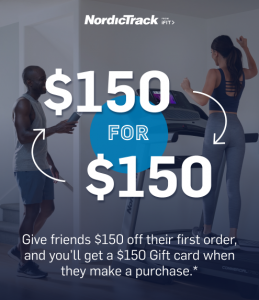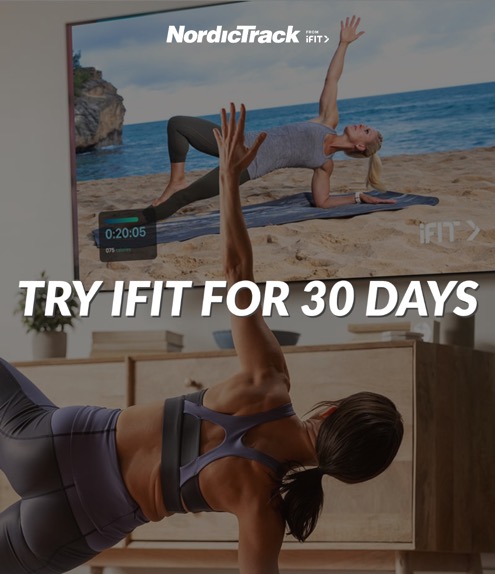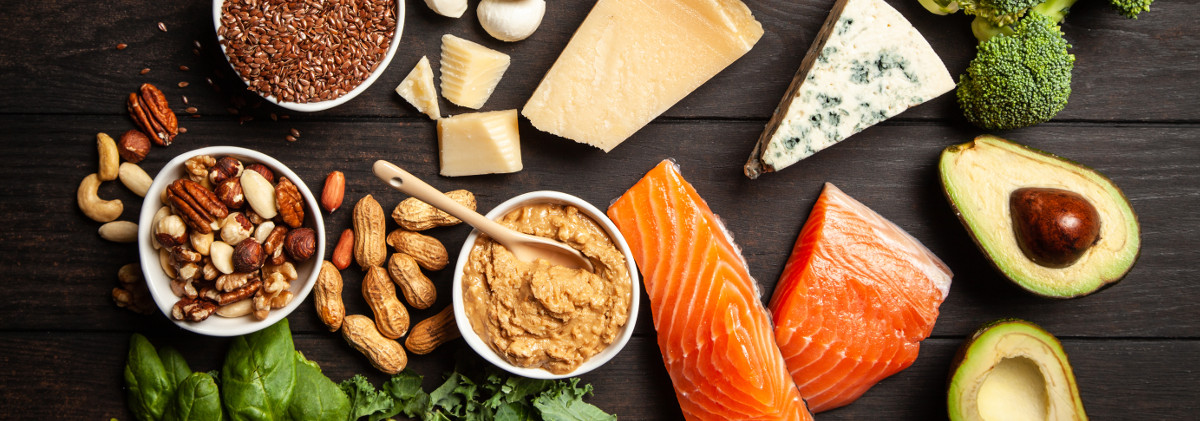
To help you determine if keto is the right dietary choice for you, we here at NordicTrack have created a beginner’s guide to the ketogenic diet – covering what keto is to discussing how you can pair keto with your exercise plan, so you may make an informed decision on whether or not the ketogenic diet is for you.
Basic Definition Of The Ketogenic Diet
The ketogenic diet emphasizes eating foods high in fat and recommends very few carbs be consumed. Depending on the keto diet variation you choose to do, it would break down to 70-90% fat, 6-15% protein, and only 4-15% carbs.
By following the keto diet, your body enters a temporary altered metabolic state which is called ketosis, making your body more temporarily efficient at using the fat in your body for energy. As your body breaks down your fat stores for energy, it creates ketones which your body uses to provide you with energy.
What The Ketogenic Diet Is Good For
Along with the clear, targeted calorie-burning benefit of following the keto diet, there are other excellent benefits. Some of these benefits are:
- High-density lipoproteins (good cholesterol) levels tend to rise.
- Greater feelings of fullness.
- Improved insulin sensitivity as blood sugar levels are lowered.
- Can reduce and slow progression of Alzheimer’s disease.
Keto Diet Approved Foods
If you are interested in the keto diet, there are a variety of foods which you can build your meals around.
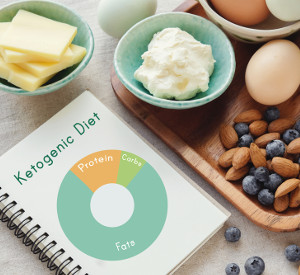
- High-fat fish – Sardines, mackerel, and salmon.
- Meat – Bacon, turkey, chicken, sausage, ham, steak, and other types of red meat.
- Seeds and nuts – Flax seeds, chia seeds, almonds, pumpkin seeds, and walnuts.
- Eggs – Omega-3 eggs or pasture raised are best.
- Unprocessed cheese – Cream, mozzarella, goat, cheddar, and blue.
- Avocado – Eat whole or as fresh guacamole
- Butter – Ideally, you may choose grass-fed butter options
- Oils – Healthy oils such as coconut oil and extra virgin olive oil.
- Low-carb vegetables – Kale, broccoli, and cauliflower.
You may also use condiments such as herbs, pepper, salt, and spices. Do your best to use whole foods in your meals to help lower the number of carbs.
Off-Limit Foods When Following The Keto Diet
Since the keto diet emphasizes low-carb, there are certain foods high in carbohydrates which should either be eliminated or significantly reduced when following the ketogenic diet. The main foods are:
- Alcoholic beverages – As many alcoholic drinks are high in carbs.
- Grains and starches – Grain-based foods like pasta, cereal, rice, and other wheat-based foods.
- Tubers and root vegetables – Carrots, potatoes, parsnips, sweet potatoes, and other starchy, high carb foods.
- Processed foods – In general, processed foods are high in carbs, added sugar, and unhealthy fats. Even if they are marked as diet products, these foods should be cut out of a keto diet.
- Legumes – Most legumes such as beans, peas, chickpeas, lentils should be highly reduced.
You should also be cautious with your condiments and sauces, as many of these additives are high in sugar.
Easy Keto Recipe For Beginners
Starting out with eating Keto-friendly recipes doesn’t have to be difficult. Try this delicious iFit recipe.
Keto Steak Skillet
Ingredients:
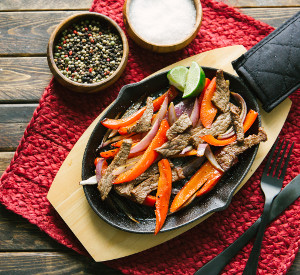
- 4 tablespoons of butter (ghee for paleo)
- 2 cloves of garlic, minced
- ¼ red onion, diced into chunks
- 1 red bell pepper, diced into chunks
- 4-ounce steak, sliced
- ½ teaspoon of salt
- ½ teaspoon of pepper
For cooking instructions, see here.
How To Pair The Keto Diet With Exercise
As you start the keto diet, it is common for people to experience the “keto flu” which leads to lowered energy levels, decreased mental processes, sleeplessness, heightened hunger, nausea, and lowered exercise performance. However, this process doesn’t last long – symptoms last about a week for most people depending on how the body reacts to converting to ketosis. For some people who have a difficult time adjusting to ketosis, this process may take a couple weeks. Once symptoms subside a little, you should be able to return to regular workouts – walking, yoga or biking may improve ketosis symptoms.
Effectively pairing your workouts with your keto diet shouldn’t be too difficult once you are over the initial struggle as your body adjusts. If you do find that your workout schedule is tiring you out, try to up your calorie intake as your body learns to provide energy from your fat stores.
By linking your health and fitness goals by being deliberate with your nutrition choices as well as your workouts, you may see results faster and reach your ultimate goals.
DISCLAIMER: This post is not intended to replace the advice of a medical professional. The above information should not be used to diagnose, treat, or prevent any disease or medical condition. Please consult your doctor before making any changes to your diet, sleep methods, daily activity, or fitness routine. NordicTrack assumes no responsibility for any personal injury or damage sustained by any recommendations, opinions, or advice given in this article.
Sources:
https://medicalxpress.com/news/2018-08-keto-diet-gains-popularity-scientists.html
https://charliefoundation.org/diet-plans/
https://www.health.harvard.edu/blog/ketogenic-diet-is-the-ultimate-low-carb-diet-good-for-you-2017072712089
https://www.healthline.com/nutrition/10-benefits-of-low-carb-ketogenic-diets#section2
https://www.ncbi.nlm.nih.gov/pmc/articles/PMC2367001/
https://www.healthline.com/nutrition/ketogenic-diet-foods#section6
https://www.dietdoctor.com/low-carb/keto/foods
https://blog.ifit.com/keto-steak-skillet/
https://www.health.harvard.edu//blog/what-is-keto-flu-2018101815052
https://nordictrack.com/learn/treadmill-walking-workouts-for-beginners

